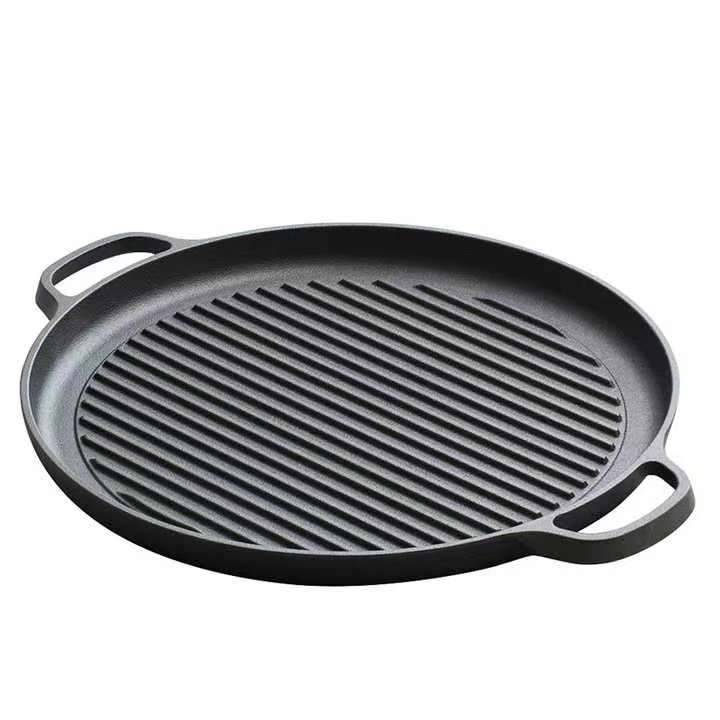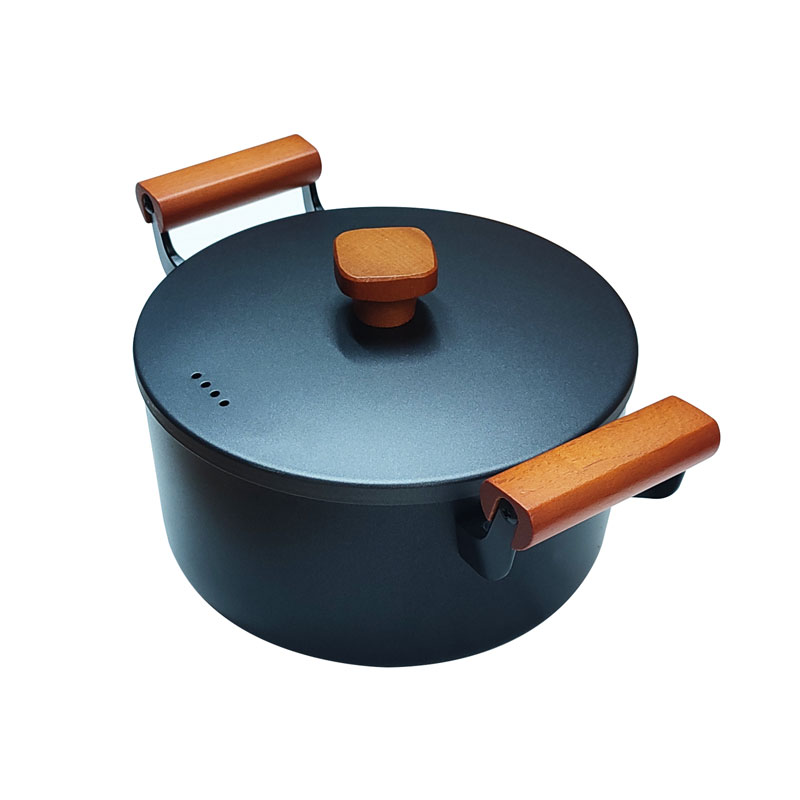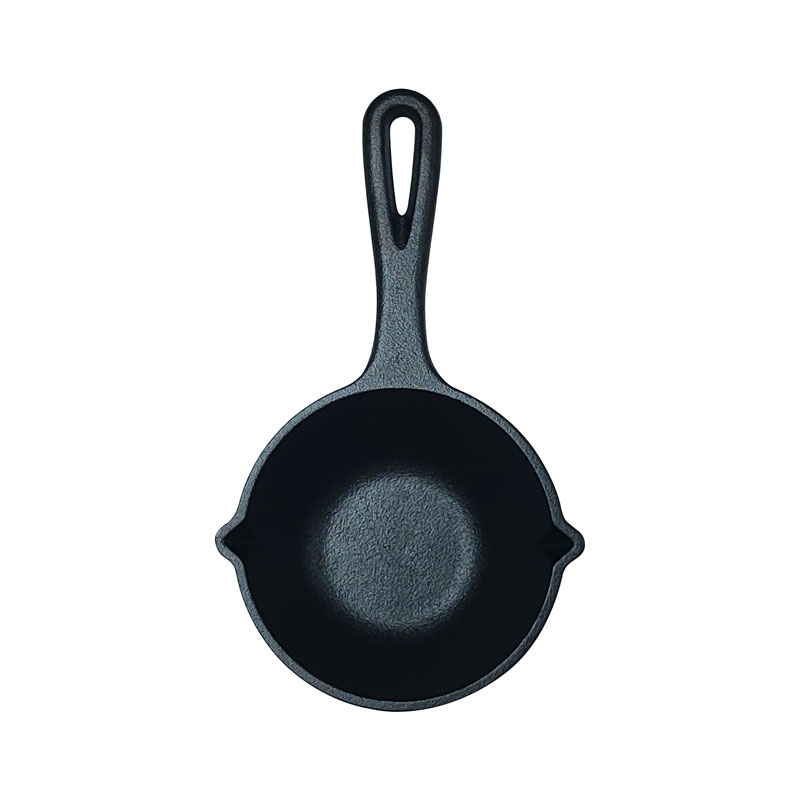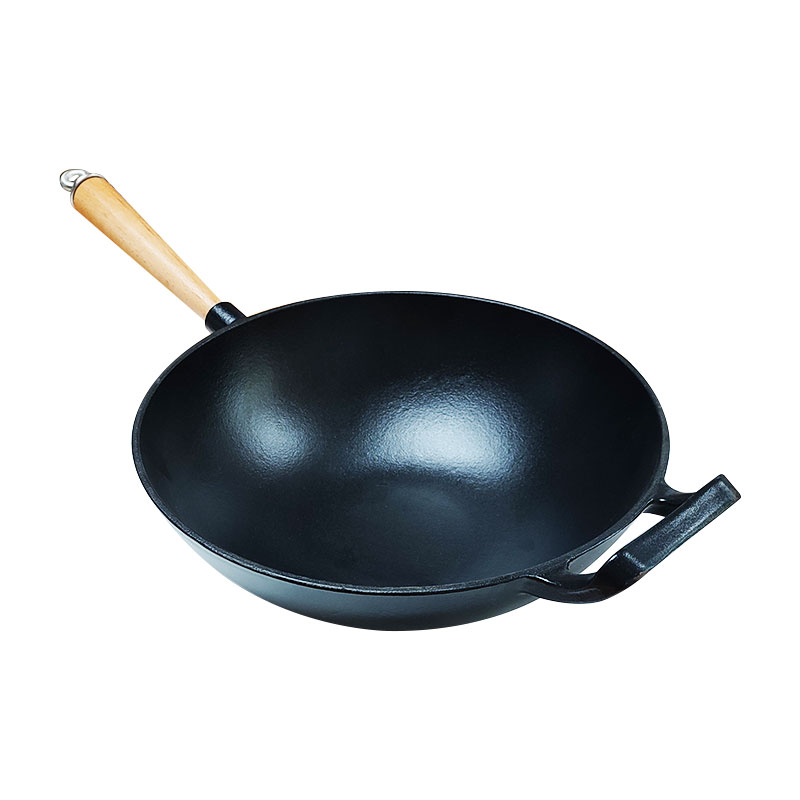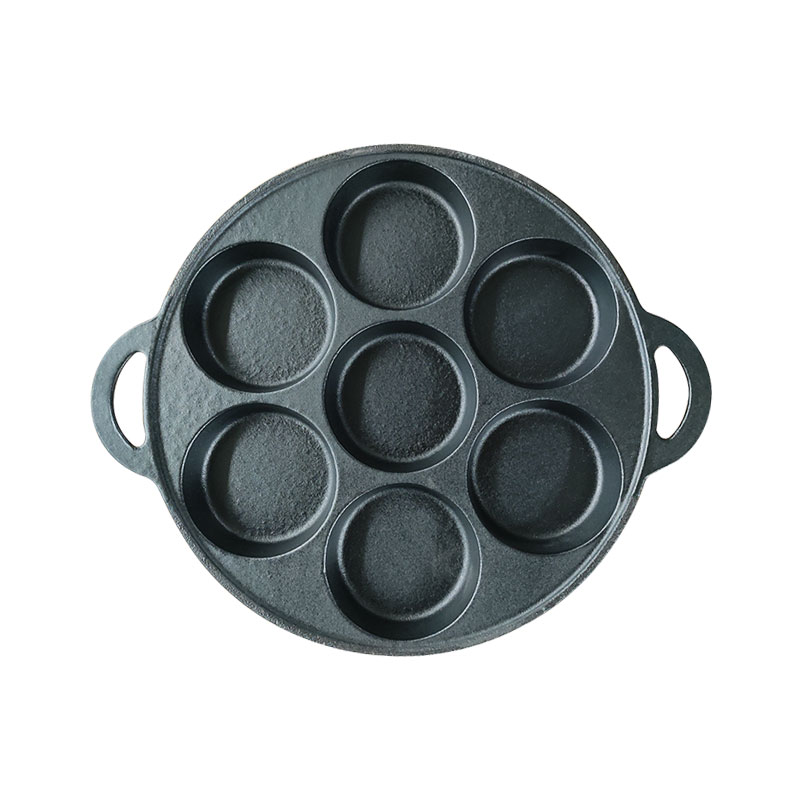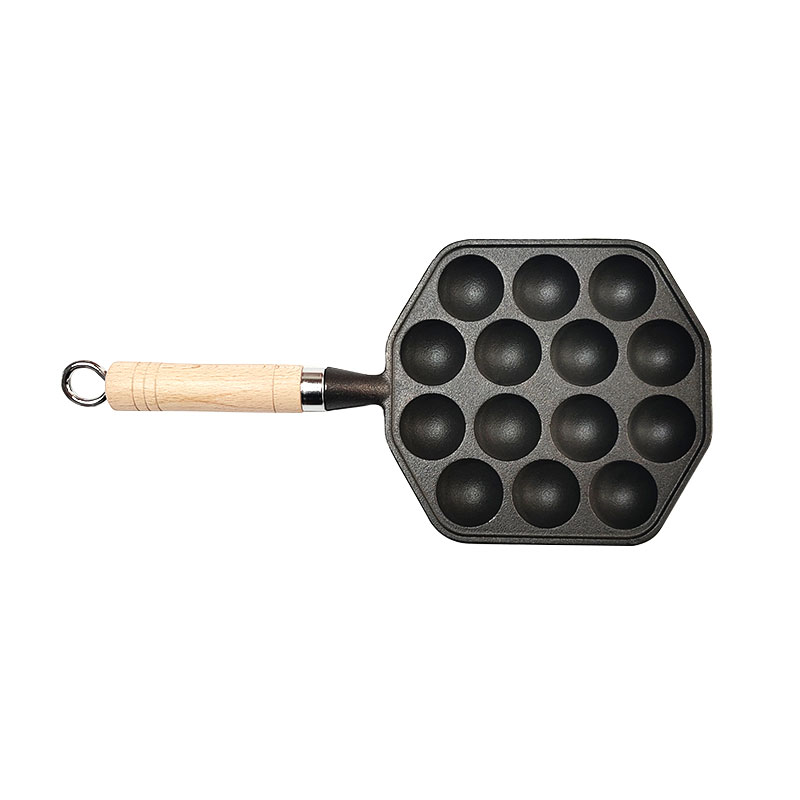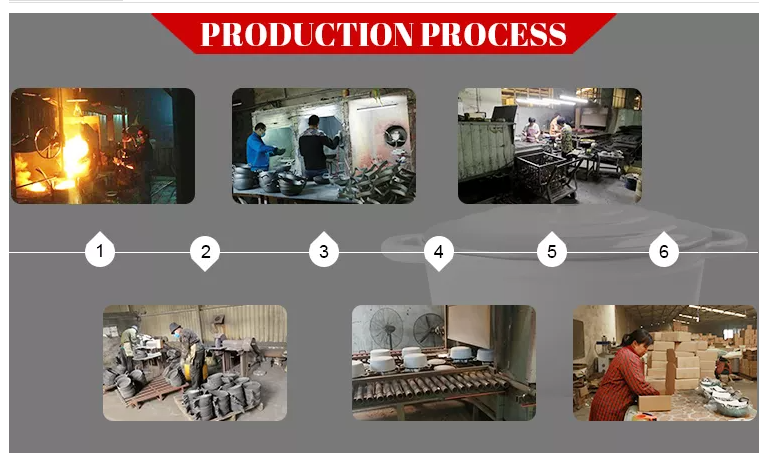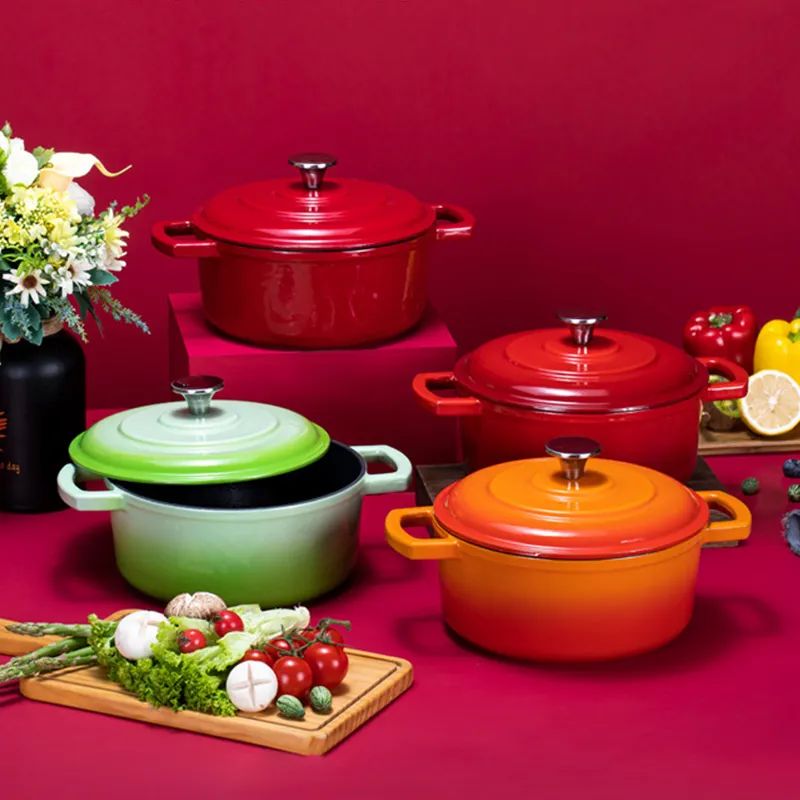- Afrikaans
- Albanian
- Amharic
- Arabic
- Armenian
- Azerbaijani
- Basque
- Belarusian
- Bengali
- Bosnian
- Bulgarian
- Catalan
- Cebuano
- Corsican
- Croatian
- Czech
- Danish
- Dutch
- English
- Esperanto
- Estonian
- Finnish
- French
- Frisian
- Galician
- Georgian
- German
- Greek
- Gujarati
- Haitian Creole
- hausa
- hawaiian
- Hebrew
- Hindi
- Miao
- Hungarian
- Icelandic
- igbo
- Indonesian
- irish
- Italian
- Japanese
- Javanese
- Kannada
- kazakh
- Khmer
- Rwandese
- Korean
- Kurdish
- Kyrgyz
- Lao
- Latin
- Latvian
- Lithuanian
- Luxembourgish
- Macedonian
- Malgashi
- Malay
- Malayalam
- Maltese
- Maori
- Marathi
- Mongolian
- Myanmar
- Nepali
- Norwegian
- Norwegian
- Occitan
- Pashto
- Persian
- Polish
- Portuguese
- Punjabi
- Romanian
- Russian
- Samoan
- Scottish Gaelic
- Serbian
- Sesotho
- Shona
- Sindhi
- Sinhala
- Slovak
- Slovenian
- Somali
- Spanish
- Sundanese
- Swahili
- Swedish
- Tagalog
- Tajik
- Tamil
- Tatar
- Telugu
- Thai
- Turkish
- Turkmen
- Ukrainian
- Urdu
- Uighur
- Uzbek
- Vietnamese
- Welsh
- Bantu
- Yiddish
- Yoruba
Customizable Premium Enamel Cast Iron Dutch Oven/Casserole FAQs
What Are The Available Size Options For The Customizable Premium Enamel Cast Iron Dutch Oven/Casserole?


Our customizable Dutch oven/casserole comes in three convenient sizes: 2.5 quarts, 4 quarts, and 6 quarts. Whether you're cooking a small meal for two or a large dish for a family gathering, you can choose the size that best suits your needs. Additionally, the size selection can be customized according to your specific requirements during the order process.
Can I Use The Customizable Premium Enamel Cast Iron Dutch Oven/Casserole For Outdoor Cooking?


Absolutely! This durable Dutch oven/casserole is perfect for outdoor cooking. Its sturdy cast iron construction can withstand high heat from campfires and grills, ensuring even heat distribution for delicious results. The enamel coating also provides protection against rust and corrosion, making it a reliable companion for all your outdoor culinary adventures.
How do I store the Customizable Premium Enamel Cast Iron Dutch Oven/Casserole properly?


To keep your Dutch oven/casserole in excellent condition, make sure it's completely dry before storing. You can place a paper towel inside to absorb any remaining moisture. Stacking it with other pots and pans is possible, but it's recommended to place a soft cloth or a pot protector between them to prevent scratching the enamel surface. Store it in a dry place to avoid any potential rusting.
What Is The Lead Time For Customized Orders Of The Premium Enamel Cast Iron Dutch Oven/Casserole?


For customized orders, the lead time typically ranges from 7 - 10 business days. This timeframe includes the production of the customized features, such as color selection, handle design, or engraving, as well as quality inspection before shipping. You will be informed of the estimated delivery date when your order is confirmed.
What Kind Of Warranty Does The Customizable Premium Enamel Cast Iron Dutch Oven/Casserole Come With?


We offer a 1 - year limited warranty on our Customizable Premium Enamel Cast Iron Dutch Oven/Casserole. The warranty covers any manufacturing defects in materials or workmanship. If you encounter any issues within the warranty period, please contact our customer service team with your order details and a description of the problem, and we will assist you in resolving it promptly.


Tanyakan Sekarang untuk Penawaran Peralatan Masak dari Besi Cor
Silakan Isi Formulir Di Bawah Ini dan Tim Kami Akan Menghubungi Anda Dengan Harga, Detail Produk, dan Pilihan Kustomisasi.










